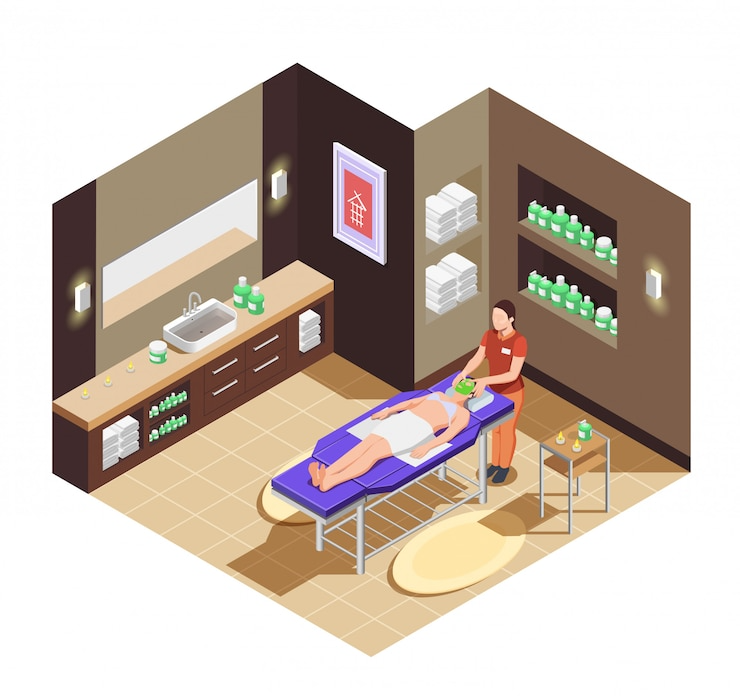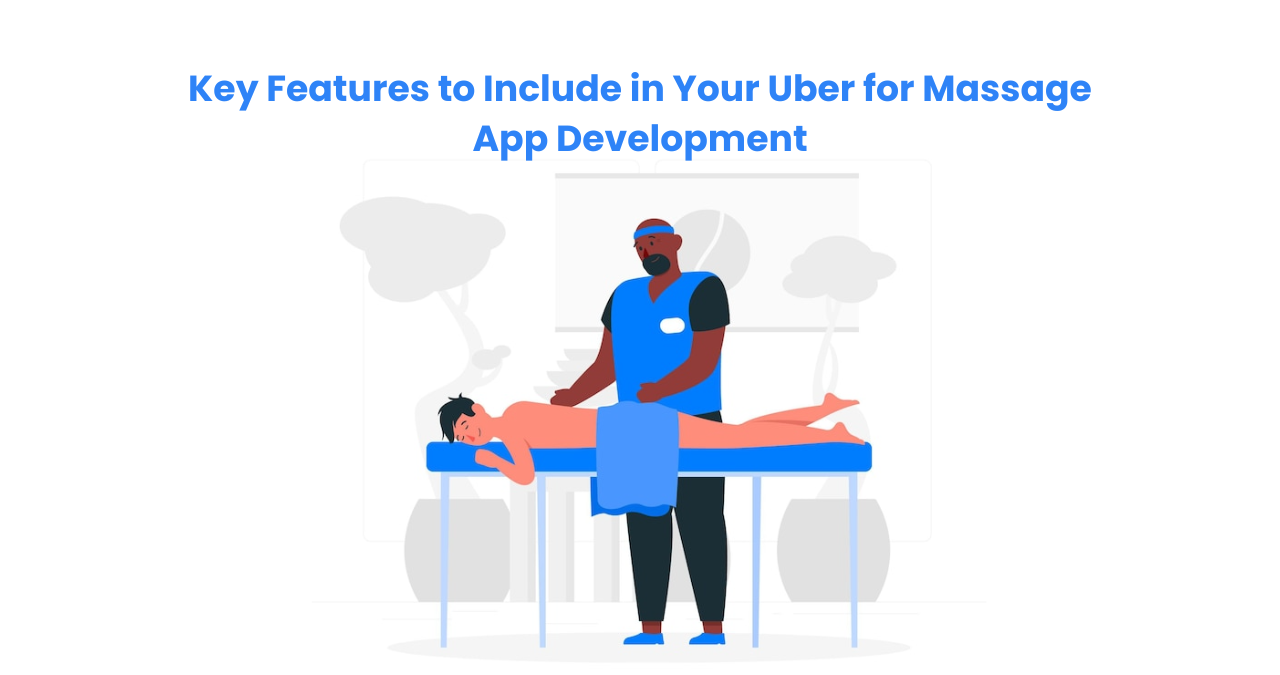In recent years, on-demand services have gained massive popularity. People love the convenience of booking things with just a few taps on their phones. Among these services, Uber is quickly becoming popular for massages. With busy lifestyles and growing health awareness, many individuals are turning to massage therapy for relaxation, stress relief, and better health. If you’re thinking of building such a platform, understanding the key aspects of Uber for massage app development is crucial. Knowing which features will make your app stand out and keep users coming back can make all the difference in a competitive market.
Why Build an Uber for Massage App?
Before diving into the features, let’s understand why this app concept is worth the investment. People want comfort and convenience. Driving to a massage center, waiting in line, or adjusting schedules doesn’t fit well with today’s fast-paced lifestyle. An Uber for massage app brings a certified massage therapist to your doorstep at a time that works for you. It’s not just a trend; it’s a solution to modern lifestyle problems.
Massage therapists also benefit from such platforms. It gives them flexibility, additional income, and the ability to reach more clients without spending on renting physical spaces or advertising individually.
Let’s now explore the must-have features your app should include to become successful in this growing industry.
User App Features
Easy Sign-Up and Login
Your app should allow users to sign up quickly using their email, phone number, or social media accounts. A smooth login process encourages more users to try the app without delays.
Profile Management
Users should be able to create and manage their profiles, including personal details, saved addresses, and booking preferences. It adds a personal touch and improves user experience.
Search and Filter Options
Allow users to search for massage therapists based on various filters like location, type of massage, therapist gender preference, ratings, and pricing. This helps users find exactly what they’re looking for quickly.
Real-Time Booking and Scheduling
Let users see which therapists are available in real time. They should be able to schedule a session instantly or book it for a future time and date.
Therapist Profiles
Each therapist should have a dedicated profile page showing their bio, experience, specialization, customer reviews, and photos. This builds trust and helps users make informed decisions.
In-App Chat and Call
Communication is important. Users may want to clarify something before the session. In-app chat or a call feature keeps the communication safe and professional.
GPS Tracking and ETA
Once a therapist accepts the booking, users should be able to track their arrival using GPS. An estimated time of arrival helps users prepare in advance.
Secure Payment Options
Integrate trusted and secure payment gateways. Allow users to pay via debit card, credit card, digital wallets, or even cash if needed. Provide clear receipts after payment.
Ratings and Reviews
After the massage session, users should be able to rate the therapist and leave feedback. It improves the overall service and helps other users choose the right provider.
Therapist App Features
Therapist Registration and Verification
Allow massage therapists to register with details about their qualifications, experience, and availability. Make sure there’s a verification process to confirm certifications and background checks.
Appointment Management
Therapists should be able to accept or decline requests, manage bookings, set their working hours, and view their schedule in one place.
In-App Navigation
Provide GPS-enabled navigation for therapists to reach the client’s location on time. It avoids delays and enhances professionalism.
Earnings Dashboard
Include a section where therapists can view their earnings, completed sessions, upcoming appointments, and payouts. This keeps them motivated and organized.
In-App Communication
Just like users, therapists should be able to chat or call clients if there are any issues or delays.
Read More: Build an On-Demand Uber Massage App For Startup Business
Admin Panel Features
Dashboard Overview
The admin should have a central dashboard showing all ongoing, completed, and scheduled sessions, along with stats related to users, therapists, and revenue.
User and Therapist Management
Admins should have full control over all user and therapist profiles. They should be able to suspend, verify, or edit accounts when needed.
Service Management
Admins should be able to manage different types of massages listed in the app, adjust pricing, add offers, and update content regularly.
Payment Management
Track all transactions, commissions, payouts to therapists, refunds, and other financial operations smoothly from one place.
Feedback and Support
Allow the admin to view complaints, reviews, or issues submitted by users and therapists. Also, include a support ticket system for faster resolutions.
Extra Features to Stand Out
Multi-language Support
If you’re launching your app in regions with different languages, make it multilingual. It adds accessibility and increases your customer base.
Loyalty Programs and Discounts
Offer first-time user discounts, referral bonuses, and loyalty points to encourage users to book more sessions.
Emergency Support
Include a panic or SOS button in case of emergencies. It adds an extra layer of safety for both users and therapists.
Push Notifications
Send alerts for booking confirmations, arrival updates, payment receipts, offers, and other updates through push notifications.
FAQs
What is an Uber for massage app?
It is an on-demand mobile application that connects users with licensed massage therapists for home or office visits, similar to how Uber connects riders and drivers.
How do therapists join the platform?
Therapists can register through the app, upload their documents, complete the verification process, and start accepting bookings once approved.
Is it safe to use such apps?
Yes, as long as the app includes safety features like verified profiles, emergency buttons, and secure payments, it is a safe and convenient way to book massage services.
How does the app make money?
The platform can earn through commissions on each booking, featured listings for therapists, and subscription plans.
Do I need to build separate apps for users and therapists?
Yes, to offer a smooth experience, it’s ideal to develop two separate apps for users and therapists, along with an admin panel to manage the platform.

Conclusion
Building an Uber for massage app is a smart move in today’s growing wellness and on-demand economy. To succeed in this space, your app must have the right mix of features for users, therapists, and admins. A well-thought-out design, smooth booking flow, real-time tracking, secure payments, and strong user support are key to making your app popular and trustworthy.
With the rising demand for at-home wellness services, now is a great time to invest in this idea. If you’re thinking beyond just massage and looking to build a more versatile service platform, considering a gojek clone app could be the next big step. It offers multiple on-demand services under one roof, helping you reach a larger audience and grow your business faster.






